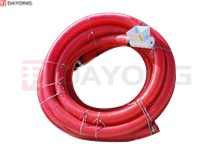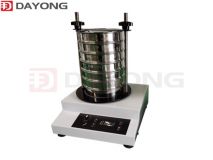The difference between vertical motor and horizontal motor
2023-08-30 11:04:37
Vertical motors and horizontal motors are two common motor arrangements and the differences between them are as follows

.jpg)
1. Layout method:
Vertical motor: Vertical motor means that the main shaft of the motor is placed vertically, perpendicular to the ground. Typically, the bottom of the motor is fixed to the base, and the top is supported by bearings or other support structures.
Horizontal motor: A horizontal motor is one in which the main shaft of the motor is placed horizontally, parallel to the ground. Typically, the sides of the motor are supported by bearings or other support structures.
2. Installation type:
Vertical Motors: Due to their vertical arrangement, vertical motors are suitable for mounting on vertical or near-vertical surfaces. This makes vertical motors more common in some specific application scenarios, such as pumps, fans and other equipment.
Horizontal motors: Horizontal motors are usually installed on horizontal or near-horizontal surfaces due to their horizontal arrangement. This arrangement is suitable for some equipment that needs to work horizontally, such as compressors, cutting machines, etc.
3. Space occupation:
Vertical motors: Vertical motors take up less space vertically, but relatively larger spaces horizontally.
Horizontal motor: Horizontal motors take up less space in the horizontal direction, but relatively larger space in the vertical direction.
It should be noted that the choice of vertical motor or horizontal motor should be determined according to specific application requirements and installation environment. These factors include the type of equipment, workspace constraints, stability requirements of the installation, etc. When selecting and installing the motor, the relevant technical specifications and safety guidelines should be followed.





 (Live chat)
(Live chat)

_213x160.jpg)



 +86-373-3669005
+86-373-3669005 laura@vibratingscreen.cc
laura@vibratingscreen.cc +86-373-3669006
+86-373-3669006 From West Room 5, 1st Floor, Building 18, Huilong Yangguang Mingyuan, New District, Xinxiang, Henan, China (Mainland).
From West Room 5, 1st Floor, Building 18, Huilong Yangguang Mingyuan, New District, Xinxiang, Henan, China (Mainland). Your Position:
Your Position:
.jpg)



